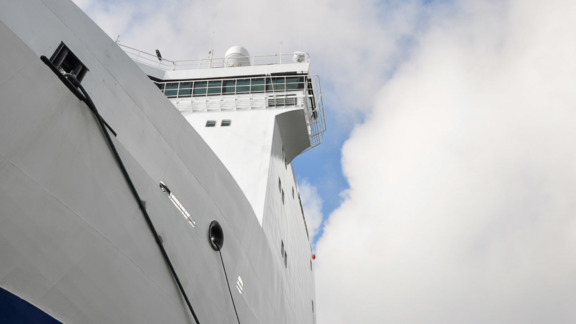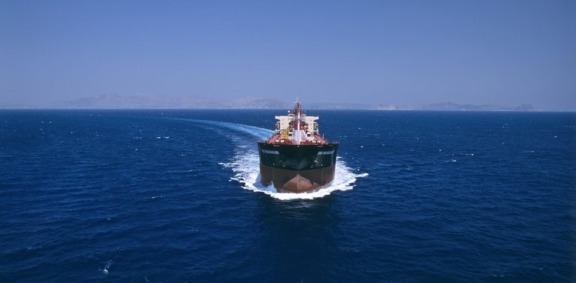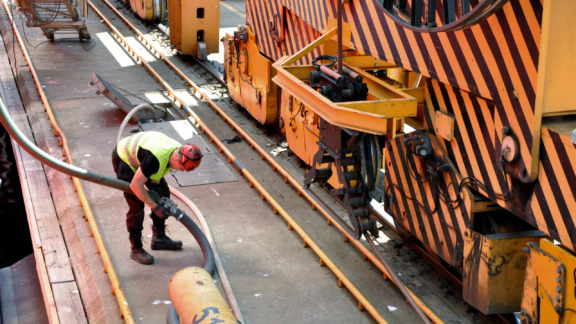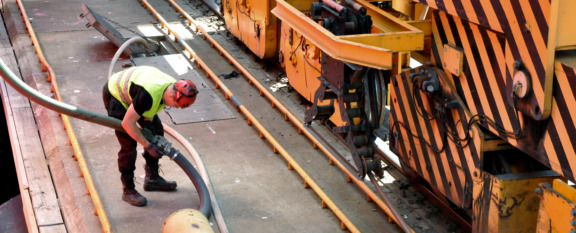RESPONSIBLE SHIPPING IN THE BALTIC SEA
The world would grind to a halt without shipping. Yet it also affects the well-being of our seas in many ways. We are working with industry operators to find sustainable solutions that will lower the environmental impact of shipping. We are helping them reduce discharges and use ship waste as a raw material in the circular economy.
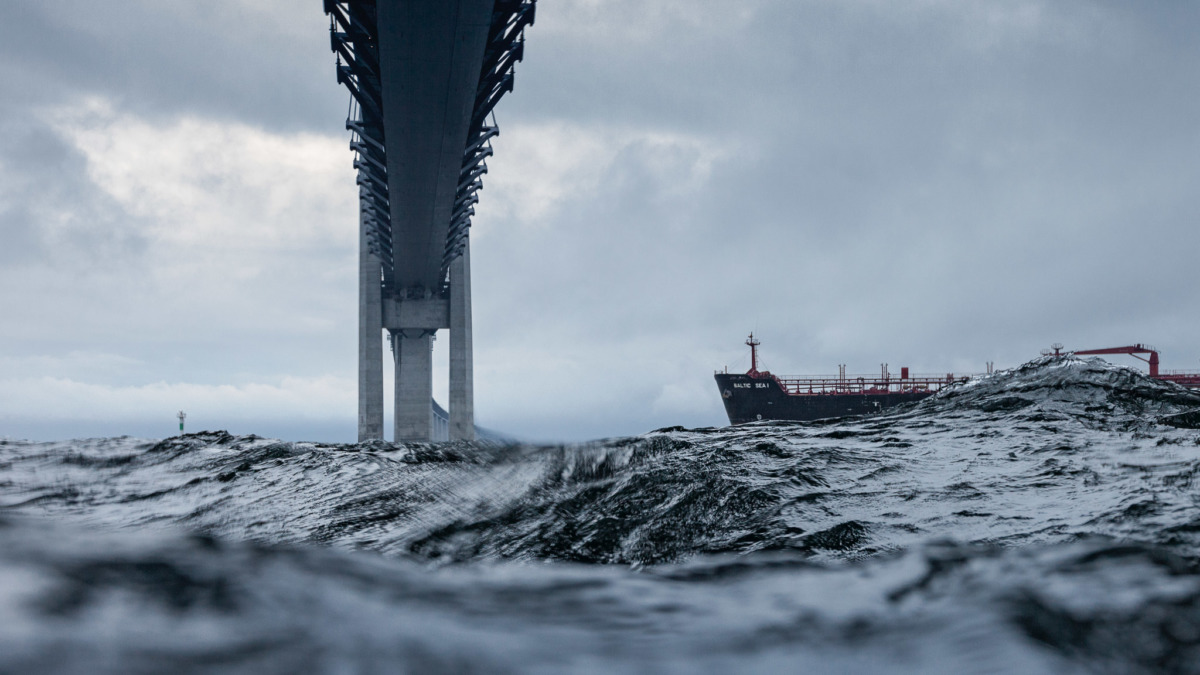
The environmental impact of increasing maritime traffic
Ninety percent of global trade is transported by sea. Shipping and sea routes are required to move raw materials, semi-finished, and finished products between continents. As the world’s population rises, maritime traffic volumes are constantly increasing to meet growing product consumption and increased demand for raw materials.
Although maritime transport is the most environmentally friendly way of moving cargo, it still has many environmental impacts. In addition to air emissions, shipping causes noise, littering, and discharges into the sea.
We aim to reduce these harmful impacts through national legislation and regional and international conventions on shipping.
One of the world’s most heavily trafficked seas
One distinctive feature of the Baltic Sea is its high volume of internal traffic. Although dry freight and liquid cargo are often transported from one Baltic Sea port to another, container ships, larger tankers, and bulk carriers also sail to ports outside the Baltic Sea.
Approximately 2,000 cargo ships will be sailing in the Baltic Sea at any given moment, carrying everything from oil products and liquid chemicals to bulk freight and trucks. A large number of passenger car ferries also operate in the Baltic Sea, carrying both passengers and cargo on scheduled services.
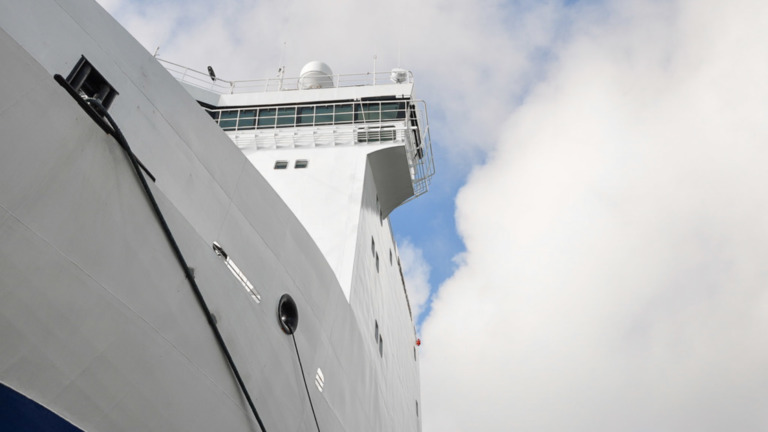
A special area for shipping
The UN’s international maritime organisation, the IMO, decides on international maritime regulations. The International Convention for the Prevention of Pollution from Ships (MARPOL) specifies what ships may legally discharge into the sea and air and under what conditions.
The IMO has defined the Baltic Sea as both a Special Area and a Particularly Sensitive Sea Area, which means that stricter regulations govern it.
Activity in the Baltic Sea region is governed by the Helsinki Convention, signed by the Baltic Sea coastal states in 1974. This agreement requires the signatories to reduce environmental discharges from all sources, including shipping. The treatment and discharge of ship waste, including its disposal by incineration, is heavily regulated in the Baltic Sea.
Compliance with the convention is supervised by the Helsinki Commission, aka HELCOM, whose members are the Baltic Sea coastal states and the EU.
The regulations for passenger vessels are stricter than those for cargo ships.
Passenger vessels may discharge sewage into the Baltic Sea only if it has been treated with equipment that meets the most stringent of requirements, which removes coliform bacteria and at least 70 percent of the nitrogen and 80 percent of the phosphorus. Otherwise, sewage must be unloaded at reception facilities in the port.
Cargo ships may discharge treated and untreated sewage into the sea as long as they are sufficiently far from the shore. Untreated sewage (that is, sewage that has only been through a grinder) may be discharged at a distance of 12 miles (about 22 kilometres) from the nearest shore. Treated sewage can be discharged even closer to the shore.
“Greywater” is water that has been used for domestic purposes, such as in a ship’s kitchens, washing machines, or showers. It can be discharged anywhere in the Baltic Sea by both passenger and cargo ships. There are no international regulations governing greywater.
All ships can discharge food waste as long as it has been ground before being discharged into the sea.
Cargo also generates wastewater and residues when cargo tanks and holds are washed between cargoes. This washing water can be legally discharged into the sea if conditions are met.
Residues hazardous to marine environments may not be discharged into the Baltic Sea.
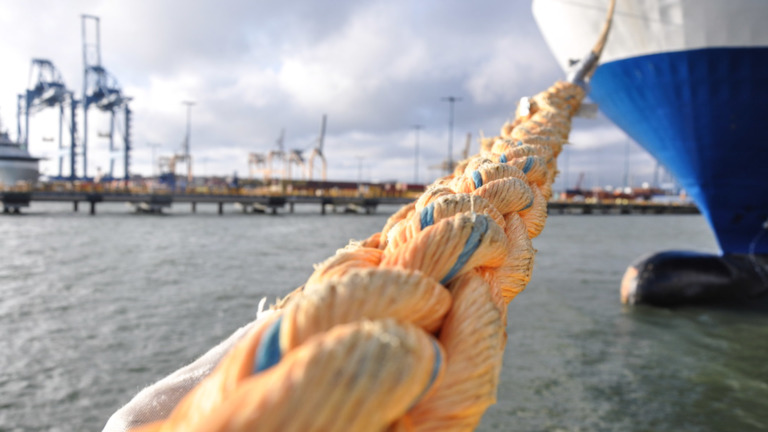
All discharges into the Baltic Sea are unnecessary
The regulations allow ships to legally discharge a broad range of wastewater and food waste into the Baltic Sea – waste that contains nutrients, bacteria, solids, fats, chemicals, and microplastics.
Most cargo ships sailing in the Baltic Sea are old, and their wastewater storage facilities often have outdated technology and other deficiencies. This leads to even more waste being discharged into the Baltic Sea.
The wastewater discharged into the sea by cargo ships is not significant in terms of individual discharges, but the vast number of ships means that total discharges are considerable. Approximately 2,000 ships are sailing in the Baltic Sea at any given moment, with an estimated 25,000 employees on board.
Reducing the environmental load through voluntary action
Cargo ships will unload their waste at port as long as it’s quick and easy for them to do so. A smooth-running system requires cooperation between all operators in the value chain: ports, shipping agents, waste management operators, and transport companies.
We bring these operators together to consider how each link in the chain can improve its own operating methods and streamline cooperation. Our mutually identified development targets are then further honed into concrete development proposals.
A No Special Fee recommendation is in force throughout the Baltic Sea region to encourage cargo ships to unload their waste at port.
This recommendation suggests that ships pay the same waste fee whether or not they unload their waste at the port. According to one of our studies, a third of the cargo ships visiting Finnish ports did not know about this recommendation. If cargo ships and shipping companies fear that ports will charge separate fees for wastewater, they may discharge it into the sea just in case.
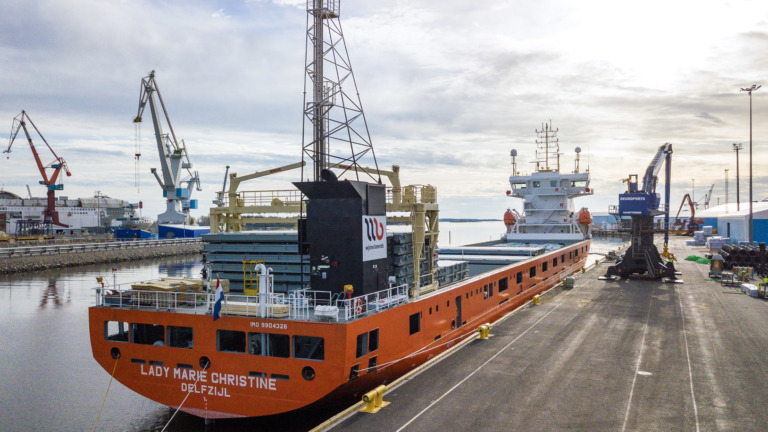
The Baltic Sea Waste Fee info pack – a guide to responsible shipping
We worked with authorities and interest groups in the Finnish Maritime Cluster to create an info pack for cargo ships and shipping companies.
The Baltic Sea Waste info pack summarises environmental regulations in the Baltic Sea, explains the No Special Fee system, and encourages ships to unload all their waste at port – including waste that can legally be discharged at sea.
Ports and shipbrokers send this info pack to ships heading for Finnish ports, and Fintraffic shares it with vessels sailing in Finnish waters.
Exchanging information, learning from experience, and working together are all part of Ship Waste Action.
Ship Waste Action converts wastewater into energy
Sewage and domestic wastewater from ships contain nutrients and solids with unexploited potential.
We launched the Ship Waste Action initiative so that wastewater from ships can be used in district heating or to produce biogas and soil improvers. Ship Waste Action was first launched at the Port of HaminaKotka and has since been expanded to other Finnish ports.
The initiative brings together operators from the entire value chain: shipping companies, ports, waste management operators, shipbrokers, transport companies, wastewater treatment plants, and energy companies. In addition to making good use of the nutrients in wastewater, the initiative also aims to develop the process.
All parties involved must establish new practices and enhance cooperation so that cargo ships will unload their wastewater at ports in the future.
Exchanging information, learning from experience, and working together are all part of Ship Waste Action.
CONTACT US

